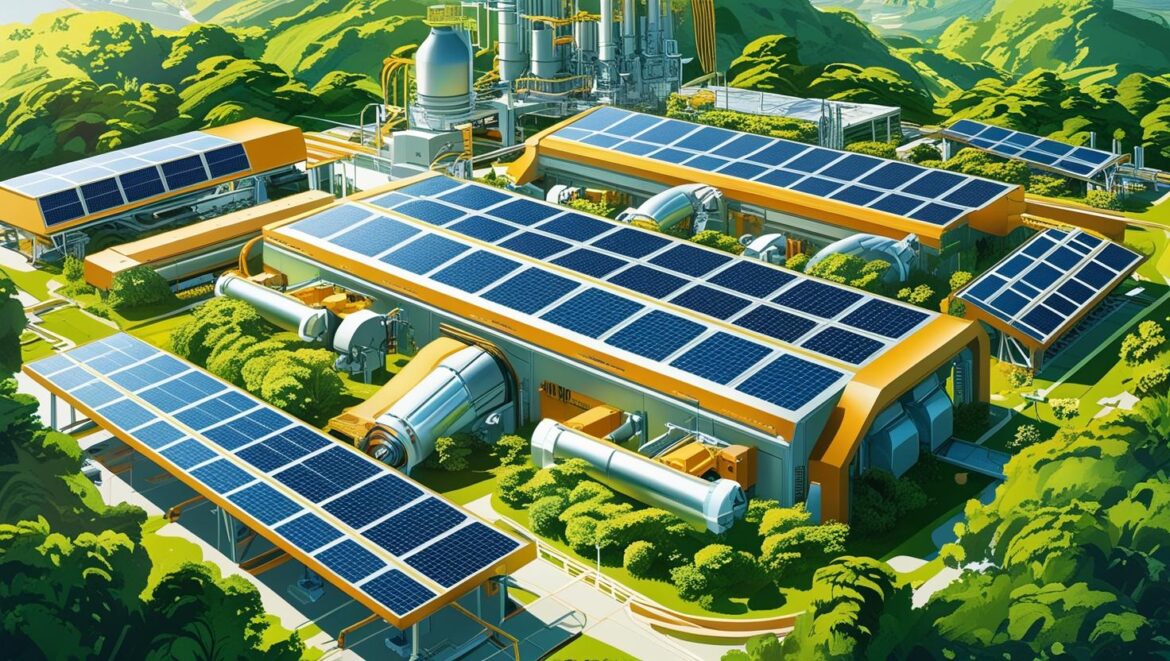As global environmental regulations tighten and consumer demand for ethical production grows, industries are rapidly adopting sustainable manufacturing practices. Green manufacturing is no longer just a trend — it’s becoming the new standard for efficiency, profitability, and long-term resilience in 2025 and beyond.
Green manufacturing refers to the use of environmentally-friendly production processes that reduce waste, conserve energy, and minimize harmful emissions. It includes innovations in energy management, materials reuse, circular economy principles, and smart monitoring systems that drive real-time sustainability improvements.
Tech-Driven Sustainability
Modern sustainability in manufacturing is fueled by advanced technology. From AI-powered energy optimization to IoT sensors that track water and waste usage, factories are becoming more intelligent and eco-aware than ever before. Companies are using:
- Industrial heat pumps and solar-powered systems
- Closed-loop water recycling units
- Digital twins for emissions simulation
- Smart meters that optimize energy use by shift and process
For example, Schneider Electric has developed energy-as-a-service platforms that allow manufacturers to cut costs while reducing their carbon footprint. Meanwhile, Bosch is investing in climate-neutral factories using AI to fine-tune processes in real time.
Circular Economy in Practice
Another major sustainability shift is the move from linear to circular production. This means designing products for disassembly and re-use, using biodegradable or recycled materials, and implementing take-back programs for industrial components.
Startups are leading here too — companies like Loop Industries and Carbon Clean are pioneering sustainable chemicals and carbon capture systems tailored to industrial use. These breakthroughs help large manufacturers align with environmental goals while opening doors to new markets.
Beyond Compliance: Strategic Sustainability
What was once driven by compliance is now part of core business strategy. According to McKinsey’s 2025 Industrial Sustainability report, over 68% of manufacturers have integrated ESG goals into their supply chain and product lifecycle strategies. Investors and customers are increasingly prioritizing partners with measurable environmental performance.
This strategic approach includes vendor selection based on carbon metrics, lifecycle analysis of products, and public transparency through sustainability reports. It’s no longer enough to claim green — companies must prove it with data.
Challenges Ahead
Despite rapid progress, several hurdles remain: high upfront costs, fragmented regulations across regions, and the need for workforce training in new green technologies. Still, the ROI on sustainable investments is growing steadily as energy costs rise and governments offer green subsidies.
The Future is Sustainable
Green manufacturing is no longer a side initiative — it’s central to how the industry operates, competes, and grows. With continued advances in eco-tech, smarter energy systems, and global collaboration, the factories of the future will be both efficient and sustainable by design.
Summary
Sustainable manufacturing is reshaping the industrial world through intelligent systems, circular materials, and long-term strategic planning. Companies that embrace this shift early are not only reducing their environmental impact, but gaining real competitive advantages in an evolving global market.

